17 سال دیکتاتوری پینوشه در شیلی با کشته شدن هزاران جوان و انقلابی و مصلح همراهه و حالا که سالها گذشته و حتی پینوشه دادگاهی شده، یاد کشتهگان اون سالهای خفقان چه طور باید برای نسل امروز شیلی زنده بشه؟ این انگیزه به خلق چنین اینستالیشن هوشمندانهای از سوی آلفردو جار میشه.
اثر در جنب موزه یادمان حقوق بشر شهر سانتیاگوی شیلی نصب شده. در تاریکی مطلق به تالاری هدایت میشین و بعد در طول 90 ثانیه شبکهای از هزاران نقطه سفید که به صورت دوربر پرتره کشتهشدگان اون سالها طراحی شدند، در مقابل چشمان شما شکل میگیره. و بعد خاموش میشه. تنظیم زمانها به گونهایه که وقتی از محیط به فضای بیرون میرین، در مقابل چشم خودتون و به صورت ذهنی تصویر دوربر پرتره کشتهشدگان حک میشه و تا دقایقی هم بر روی اونچه مشاهده میکنین اثر این تصاویر باقی میمونه. این یعنی یک نوع یادآوری. یک نو تجدید خاطره؛ حتی برای نسلی که اون دوران رو ندیده.....
میدونین ایران بزرگترین قربانی تروریسم در جهانه؟ با بیش از 17 هزار کشته و شهید ترور....
چند کار و با چه کیفیتی برای این ظلم بزرگ انجام دادیم؟
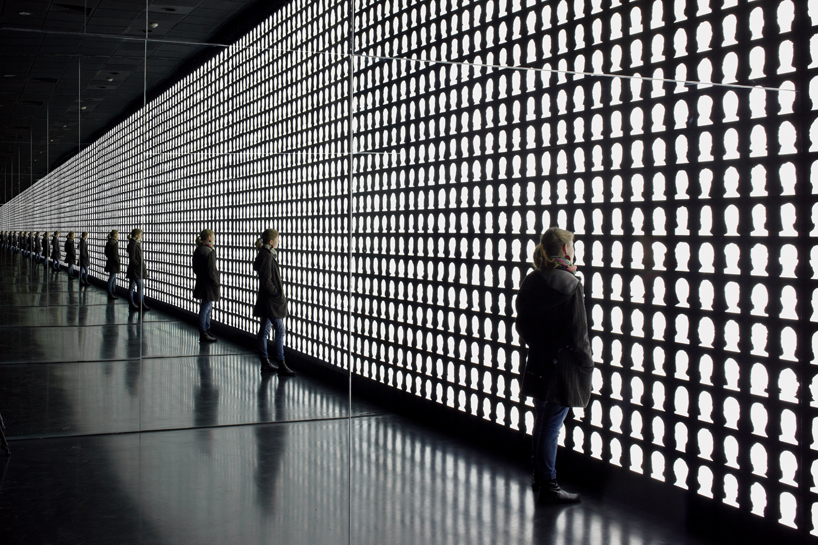
photography cristobal palma
all images © alfredo jaar
developed by new-york based artist alfredo jaar, 'the geometry of conscience' is a memorial for the victims of the 17 years long pinochet military rule and dictatorship. it is installed in a plaza next to the museum of memory and human rights in santiago, chile. departing radically from quintessential historical monuments frozen in the past, the installation offers an intimate opportunity for chileans living today to unearth history and reconnect the dots of a still half-buried collective memory. located underground, the exhibit is a silent three minute experience that can only be shared by ten people at once.
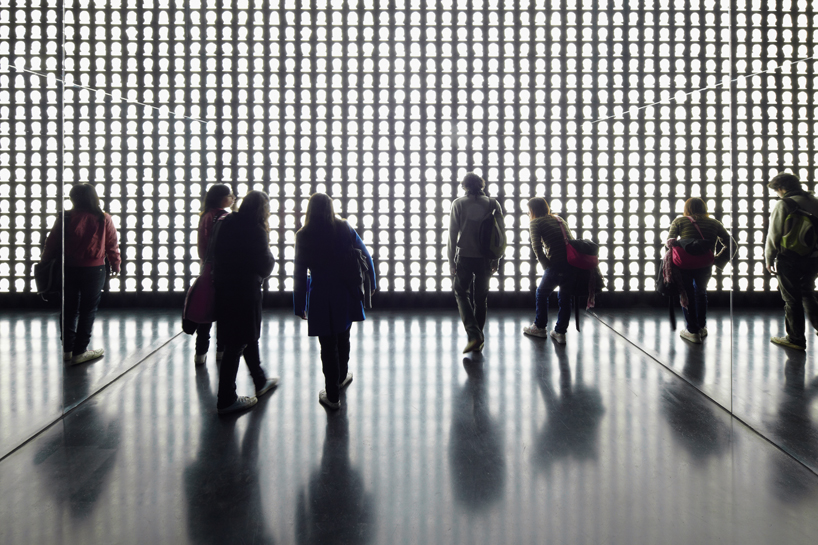
hundreds of silhouettes gradually light up over 90 seconds
a museum guard awaits visitors upon descending the 33 steps leading down from the plaza. he explains the proceeding and directs them inside the memorial where they start by experiencing one minute of full darkness. following it, visitors see the back wall light up with hundreds of silhouettes. the light intensity grows from 0 to 100% in 90 seconds, allowing their eyes to adjust to it as well as notice the mirrored lateral walls that project the silhouettes into infinity. the memorial is then plunged back into sudden darkness for another 30 seconds, creating a strong after-image effect on the visitors’ retinas. when the doors open and they leave the space, people take with them a million dots of lights, recreating the silhouettes now imprinted in their visual memory.
the silhouettes belong to victims of the pinochet regime as well as to anonymous chileans living today. 'the geometry of conscience' is therefore a memorial not for victims, but rather for the 17 million chileans who are alive today and trying to retrace their common history.
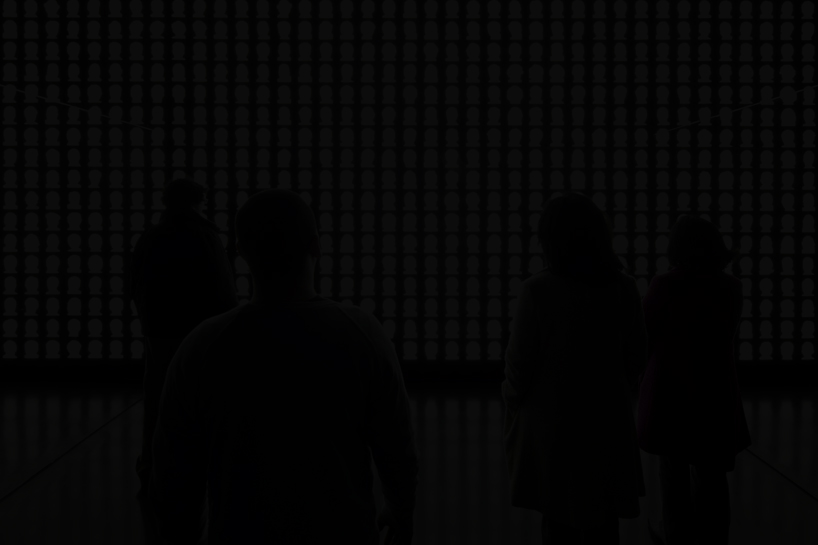
one minute of complete silence and darkness
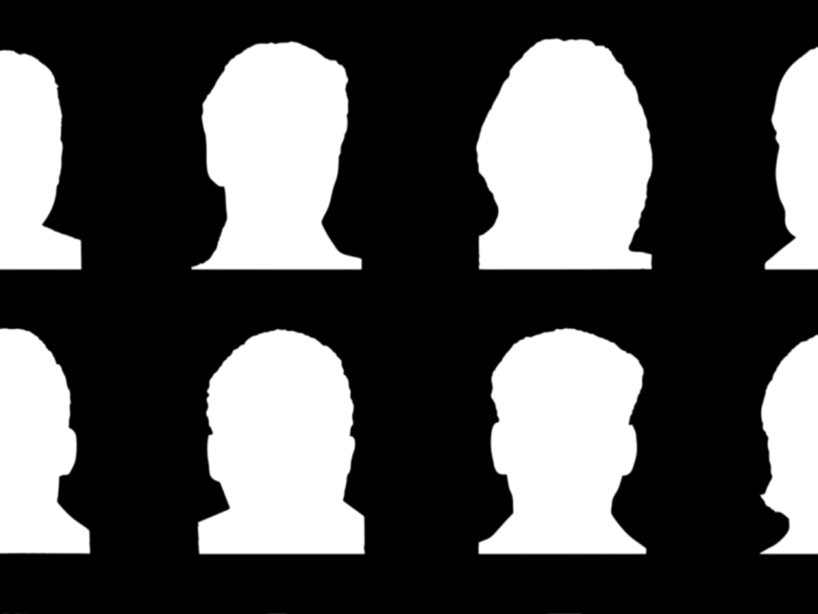
silhouettes of both victims and anonymous living chileans shine alongside one another

physically, conceptually, and historically illuminated by the living and the dead in a collective narrative,
visitors are reflected in the mirrors and projected to infinity
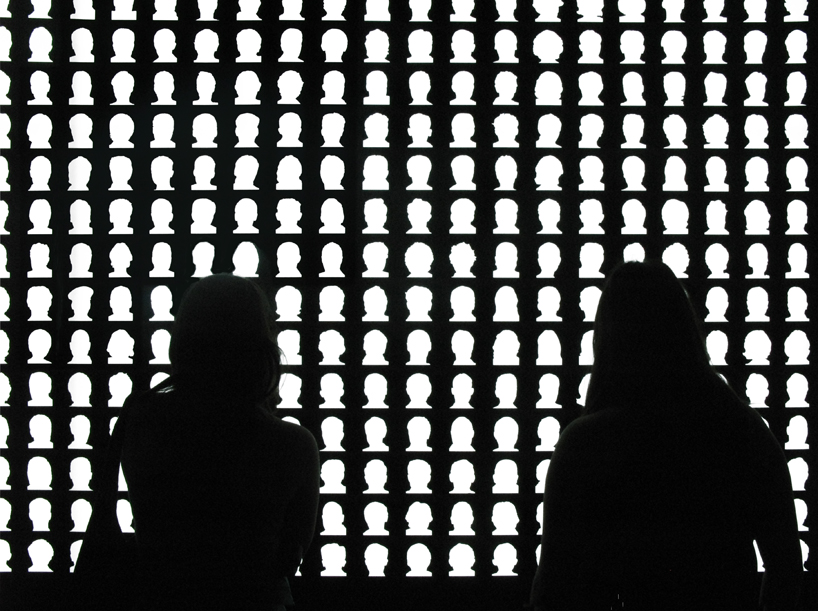
an after-image effect prints millions of dotted silhouettes onto each visitor’s retinas

the museum of memory and human rights, santiago, chile
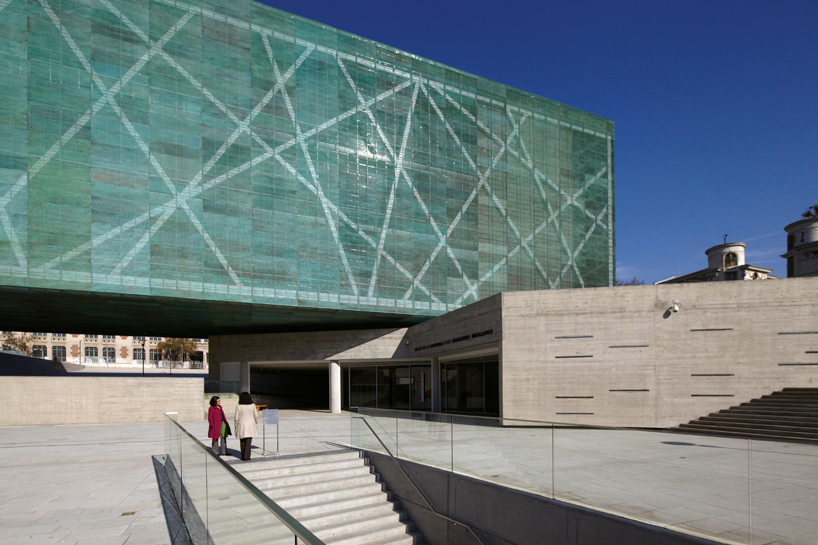
the entrance into the geometry of conscience
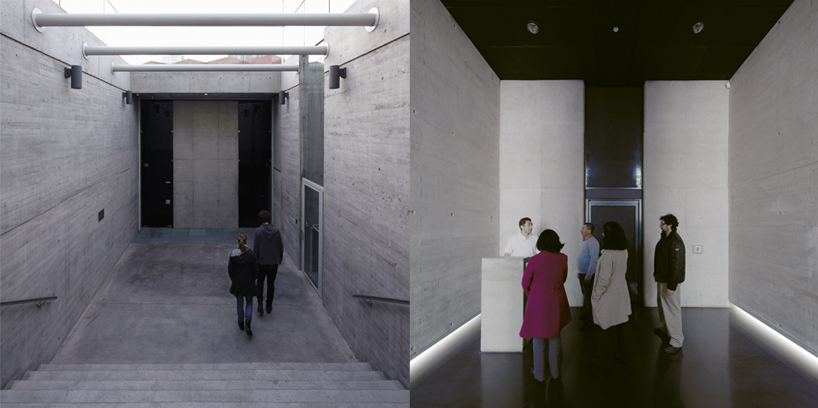
stairs lead into the memorial where a museum guard guides visitors
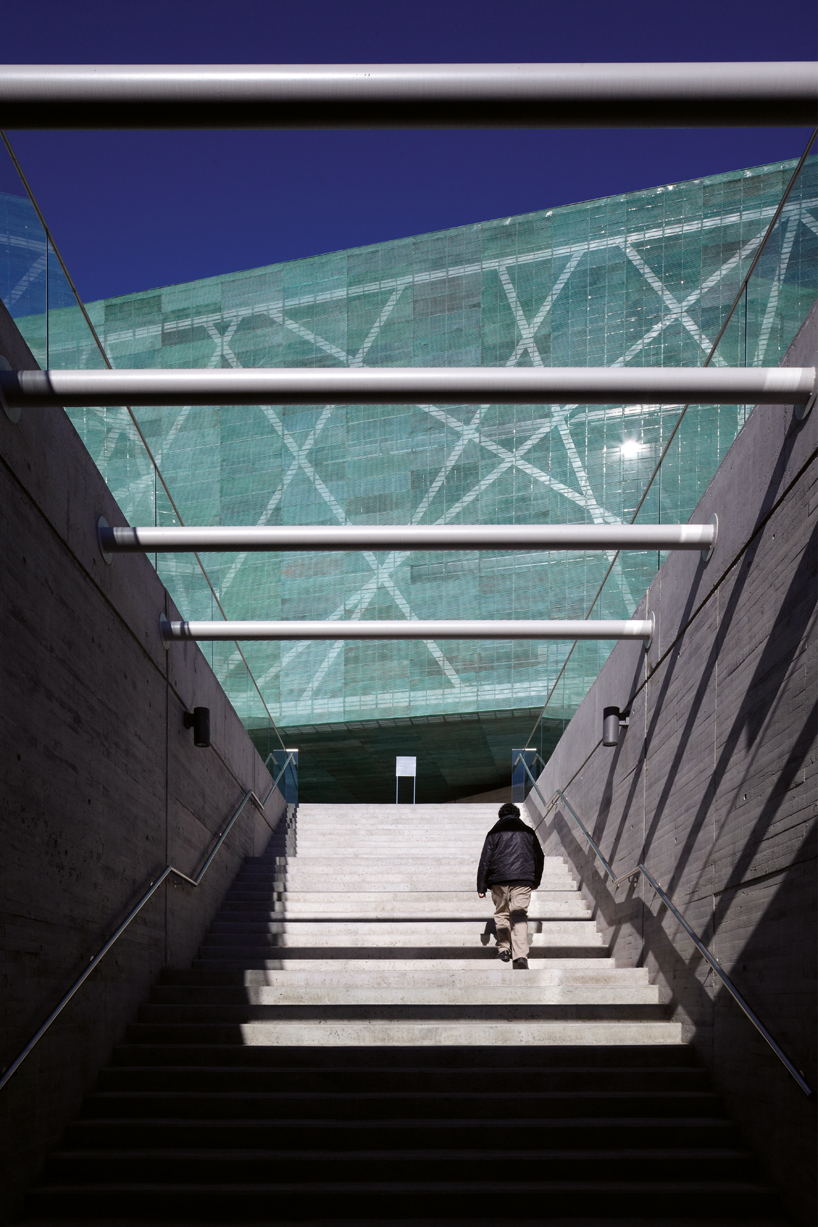
visitors leave the memorial but keep its after-image with them
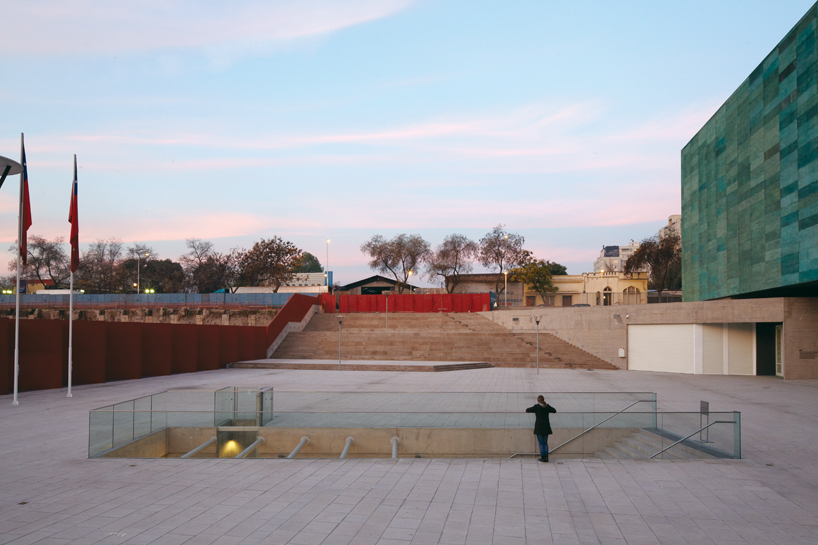
after being visually connected underground, the past and the present are biologically projected into the future as
visitors carry their visual memory dotted with fragments of history back into their outside lives
project details:
artist: alfredo jaar
title: the geometry of conscience
location: santiago, chile
project year: 2010
project commissioner: mop, ministerio de obras publicas, under the presidency of michele bachelet, 2006-2010
architects: alfredo jaar + jorge dalmazzo





















